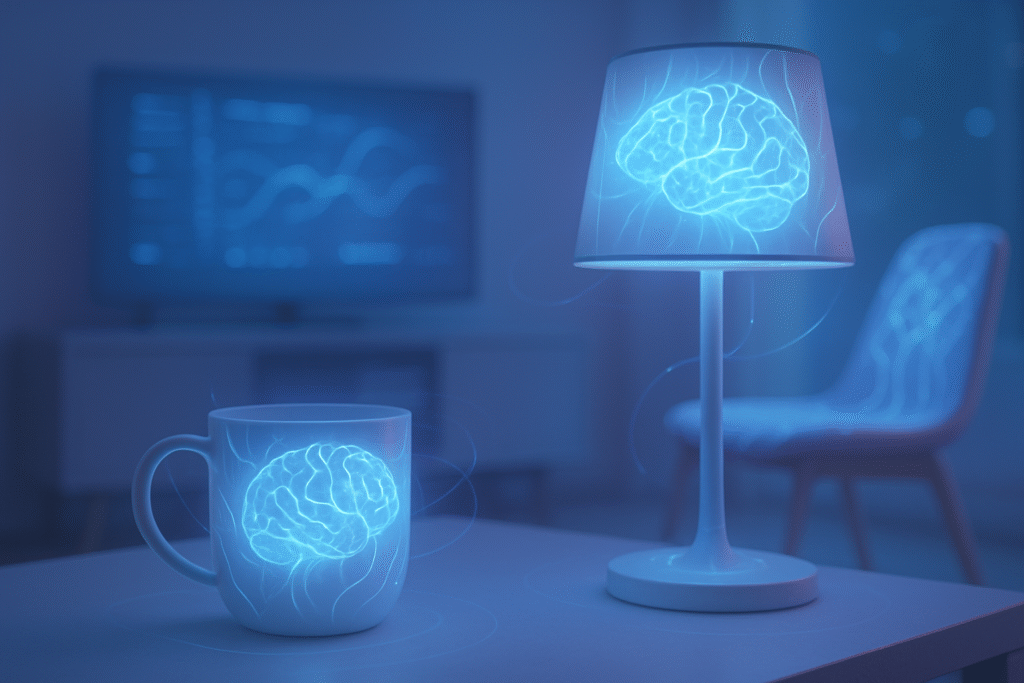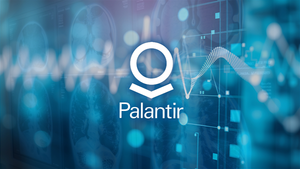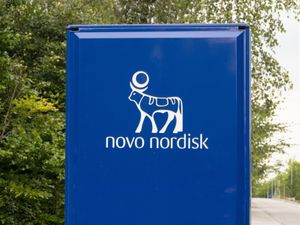
The artificial intelligence landscape is undergoing a profound transformation, moving beyond traditional computing interfaces to imbue the physical world with intelligence. Researchers are now actively teaching everyday objects to sense, think, and move, heralding an era where our environment is not merely reactive but proactively intelligent. This groundbreaking development signifies a paradigm shift in human-machine interaction, promising to redefine convenience, safety, and efficiency across all facets of daily life. The immediate significance lies in the democratization of AI, embedding sophisticated capabilities into the mundane, making our surroundings intuitively responsive to our needs.
This revolution is propelled by the convergence of advanced sensor technologies, cutting-edge AI algorithms, and novel material science. Imagine a coffee mug that subtly shifts to prevent spills, a chair that adjusts its posture to optimize comfort, or a building that intelligently adapts its internal environment based on real-time occupancy and external conditions. These are no longer distant sci-fi fantasies but imminent realities, as AI moves from the digital realm into the tangible objects that populate our homes, workplaces, and cities.
The Dawn of Unobtrusive Physical AI
The technical underpinnings of this AI advancement are multifaceted, drawing upon several key disciplines. At its core, the ability of objects to "sense, think, and move" relies on sophisticated integration of sensory inputs, on-device processing, and physical actuation. Objects are being equipped with an array of sensors—cameras, microphones, accelerometers, and temperature sensors—to gather comprehensive data about their environment and internal state. AI, particularly in the form of computer vision and natural language processing, allows these objects to interpret this raw data, enabling them to "perceive" their surroundings with unprecedented accuracy.
A crucial differentiator from previous approaches is the proliferation of Edge AI (or TinyML). Instead of relying heavily on cloud infrastructure for processing, AI algorithms and models are now deployed directly on local devices. This on-device processing significantly enhances speed, security, and data privacy, allowing for real-time decision-making without constant network reliance. Machine learning and deep learning, especially neural networks, empower these objects to learn from data patterns, make predictions, and adapt their behavior dynamically. Furthermore, the emergence of AI agents and agentic AI enables these models to exhibit autonomy, goal-driven behavior, and adaptability, moving beyond predefined constraints. Carnegie Mellon University's Interactive Structures Lab, for instance, is pioneering the integration of robotics, large language models (LLMs), and computer vision to allow objects like mugs or chairs to subtly move and assist. This involves ceiling-mounted cameras detecting people and objects, transcribing visual signals into text for LLMs to understand the scene, predict user needs, and command objects to assist, representing a significant leap from static smart devices.
Initial reactions from the AI research community and industry experts have been overwhelmingly positive, with many hailing this as the next frontier in AI. The ability to embed intelligence directly into everyday items promises to unlock a vast array of applications previously limited by the need for dedicated robotic systems. The focus on unobtrusive assistance and seamless integration is particularly lauded, addressing concerns about overly complex or intrusive technology.
Reshaping the AI Industry Landscape
This development carries significant implications for AI companies, tech giants, and startups alike. Major players like Google (NASDAQ: GOOGL), Amazon (NASDAQ: AMZN), and Microsoft (NASDAQ: MSFT), with their extensive research in AI, cloud computing, and smart home ecosystems, stand to benefit immensely. Their existing infrastructure and expertise in AI model development, sensor integration, and hardware manufacturing position them favorably to lead in this new wave of intelligent objects. Companies specializing in Edge AI and TinyML, such as Qualcomm (NASDAQ: QCOM) and various startups in the semiconductor space, will also see increased demand for their specialized processors and low-power AI solutions.
The competitive landscape is poised for significant disruption. Traditional robotics companies may find their market challenged by the integration of robotic capabilities into everyday items, blurring the lines between specialized robots and intelligent consumer products. Startups focusing on novel sensor technologies, smart materials, and AI agent development will find fertile ground for innovation, potentially creating entirely new product categories and services. This shift could lead to a re-evaluation of market positioning, with companies vying to become the foundational platform for this new generation of intelligent objects. The ability to seamlessly integrate AI into diverse physical forms, moving beyond standard form factors, will be a key strategic advantage.
The Wider Significance: Pervasive and Invisible AI
This revolution in everyday objects fits squarely into the broader AI landscape's trend towards ubiquitous and contextually aware intelligence. It represents a significant step towards "pervasive and invisible AI," where technology seamlessly enhances our lives without requiring constant explicit commands. The impacts are far-reaching: from enhanced accessibility for individuals with disabilities to optimized resource management in smart cities, and increased safety in homes and workplaces.
However, this advancement also brings potential concerns. Privacy and data protection are paramount, as intelligent objects will constantly collect and process sensitive information about our environments and behaviors. The potential for bias in AI models embedded in these objects, and the ethical implications of autonomous decision-making by inanimate items, will require careful consideration and robust regulatory frameworks. Comparisons to previous AI milestones, such as the advent of the internet or the rise of smartphones, suggest that this integration of AI into the physical world could be equally transformative, fundamentally altering how humans interact with their environment and each other.
The Horizon: Anticipating a Truly Intelligent World
Looking ahead, the near-term will likely see a continued proliferation of Edge AI in consumer devices, with more sophisticated sensing and localized decision-making capabilities. Long-term developments promise a future where AI-enabled everyday objects are not just "smart" but truly intelligent, autonomous, and seamlessly integrated into our physical environment. Expect to see further advancements in soft robotics and smart materials, enabling more flexible, compliant, and integrated physical responses in everyday objects.
Potential applications on the horizon include highly adaptive smart homes that anticipate user needs, intelligent infrastructure that optimizes energy consumption and traffic flow, and personalized health monitoring systems integrated into clothing or furniture. Challenges that need to be addressed include developing robust security protocols for connected objects, establishing clear ethical guidelines for autonomous physical AI, and ensuring interoperability between diverse intelligent devices. Experts predict that the next decade will witness a profound shift towards "Physical AI" as a foundational model, where AI models continuously collect and analyze sensor data from the physical world to reason, predict, and act, generalizing across countless tasks and use cases.
A New Era of Sentient Surroundings
In summary, the AI revolution, where everyday objects are being taught to sense, think, and move, represents a monumental leap in artificial intelligence. This development is characterized by the sophisticated integration of sensors, the power of Edge AI, and the emerging capabilities of agentic AI and smart materials. Its significance lies in its potential to create a truly intelligent and responsive physical environment, offering unprecedented levels of convenience, efficiency, and safety.
As we move forward, the key takeaways are the shift towards unobtrusive and pervasive AI, the significant competitive implications for the tech industry, and the critical need to address ethical considerations surrounding privacy and autonomy. What to watch for in the coming weeks and months are further breakthroughs in multimodal sensing, the development of more advanced large behavior models for physical systems, and the ongoing dialogue around the societal impacts of an increasingly sentient world.
This content is intended for informational purposes only and represents analysis of current AI developments.
TokenRing AI delivers enterprise-grade solutions for multi-agent AI workflow orchestration, AI-powered development tools, and seamless remote collaboration platforms.
For more information, visit https://www.tokenring.ai/.






